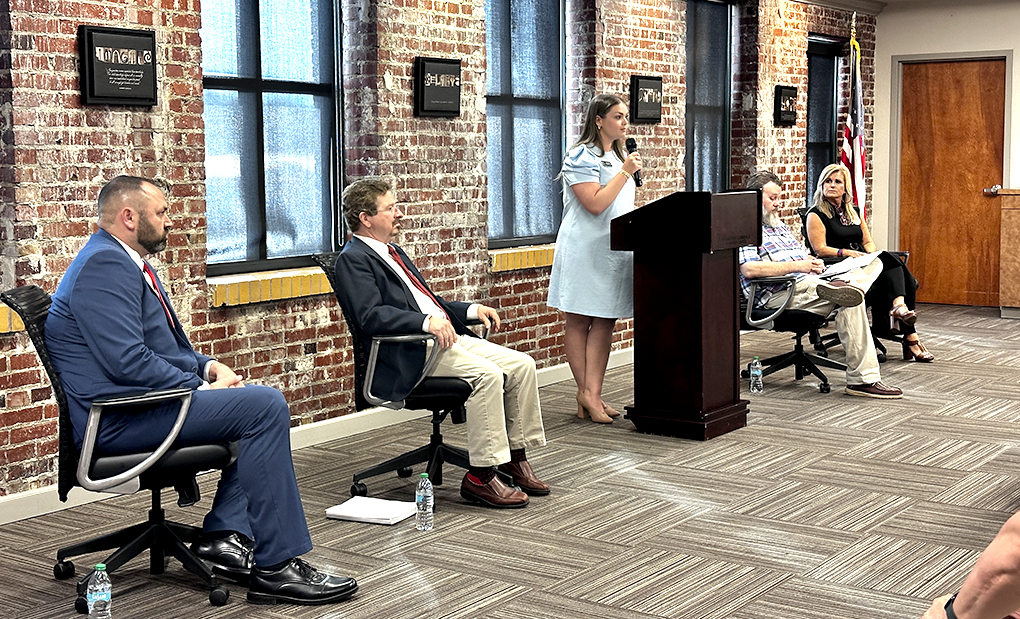Teen road fatalities drop over nine years, but spike up in 2016
Published 9:46 am Thursday, October 13, 2016
Vehicle crashes have long been the leading cause of death for teenagers, but the number has dropped by about half in the past nine years as fewer teens seek driver’s licenses and there are state restrictions on those who do.
An analysis by the Governors Highway Safety Association found that from 2005 to 2014, car-crash deaths among people ages 15 to 20 declined 51 percent and serious injuries were down 59 percent. The number of crashes in which a teen driver was at the wheel dropped 48 percent, from 7,500 in 2005 to 3,885 in 2014.
The long-standing difference between fatal teen crashes and those by older people has narrowed by 65 percent in the same time period.
The study, set to be released Wednesday, came with a caveat. The first six months of 2016 saw a 10 percent increase in roadway deaths over last year, as the nation continues to recover from the recession and number of miles driven by car has increased.
Teenagers have not been immune to that uptick. The most recent reminder came late Saturday, when Vermont police tried to intercept the 36-year-old driver of a Toyota pickup truck that was roaring down Interstate 89 on the wrong side of the road. Before they could, the truck smashed into a carload of teenagers, killing four 16-year-olds and one 15-year-old.
“The increase in teen driver fatal crashes is concerning, and states are keeping a watchful eye to see if this is the start of a reversal in the gains we’ve made over the past decade,” said Jonathan Adkins, executive director of the GHSA. “We need to continue to support effective public policies that address this issue.”
Car crashes remain the leading cause of death among teenagers, who are less likely to fall victim to many of the maladies suffered by those in older age groups. Using a slightly different age frame – people ages 16 to 19 – the Centers for Disease Control said that in 2013, car crashes resulted in 2,163 teen fatalities and sent 243,243 teenagers to emergency rooms.
The decline in teenage deaths during the study period is attributed, in part, to the graduated driver licensing (GDL) programs put in place by state legislatures. The specifics vary from state to state, but in general the laws create a three-phase program of restrictions as teenagers become familiar with driving.
Some of the most common are bans on cellphone use, and restrictions on nighttime driving and passengers that young drivers may carry. The GDL program has been credited with a reduction of up to 30 percent in teen driving risk. In most states, the driving restrictions expire when a teen turns 18.
Pam Fischer, a consultant on teen driving issues, said another explanation for the drop is that 1 in 3 teens have delayed seeking a driver’s license.
“That means that once they do obtain a driver’s license, they’re not reaping the benefits of graduated driver licensing,” Fischer said. “Policymakers need to understand that reaching age 18 doesn’t necessarily equate to mental maturity – which is critical for safe driving.”
The GHSA report says there is a common perception that teen crashes result from their risky behavior, but in most cases they are caused by simple driver error. It says that teenagers aren’t necessarily bad drivers, “they simply do not have the skills or experience to anticipate or recognize a hazard and take corrective action.” The report recommends that GDL programs be expanded to all drivers younger than 21.





